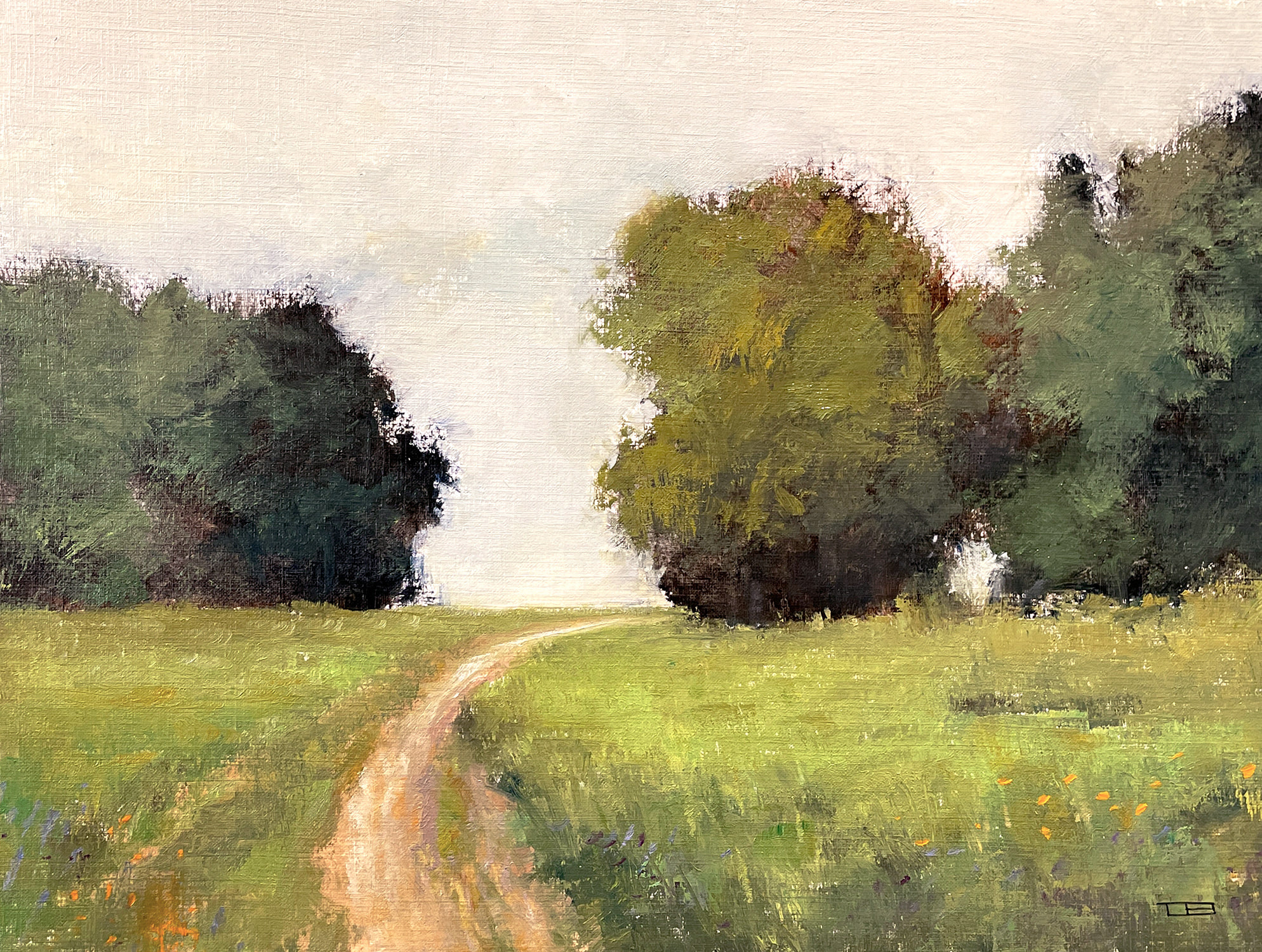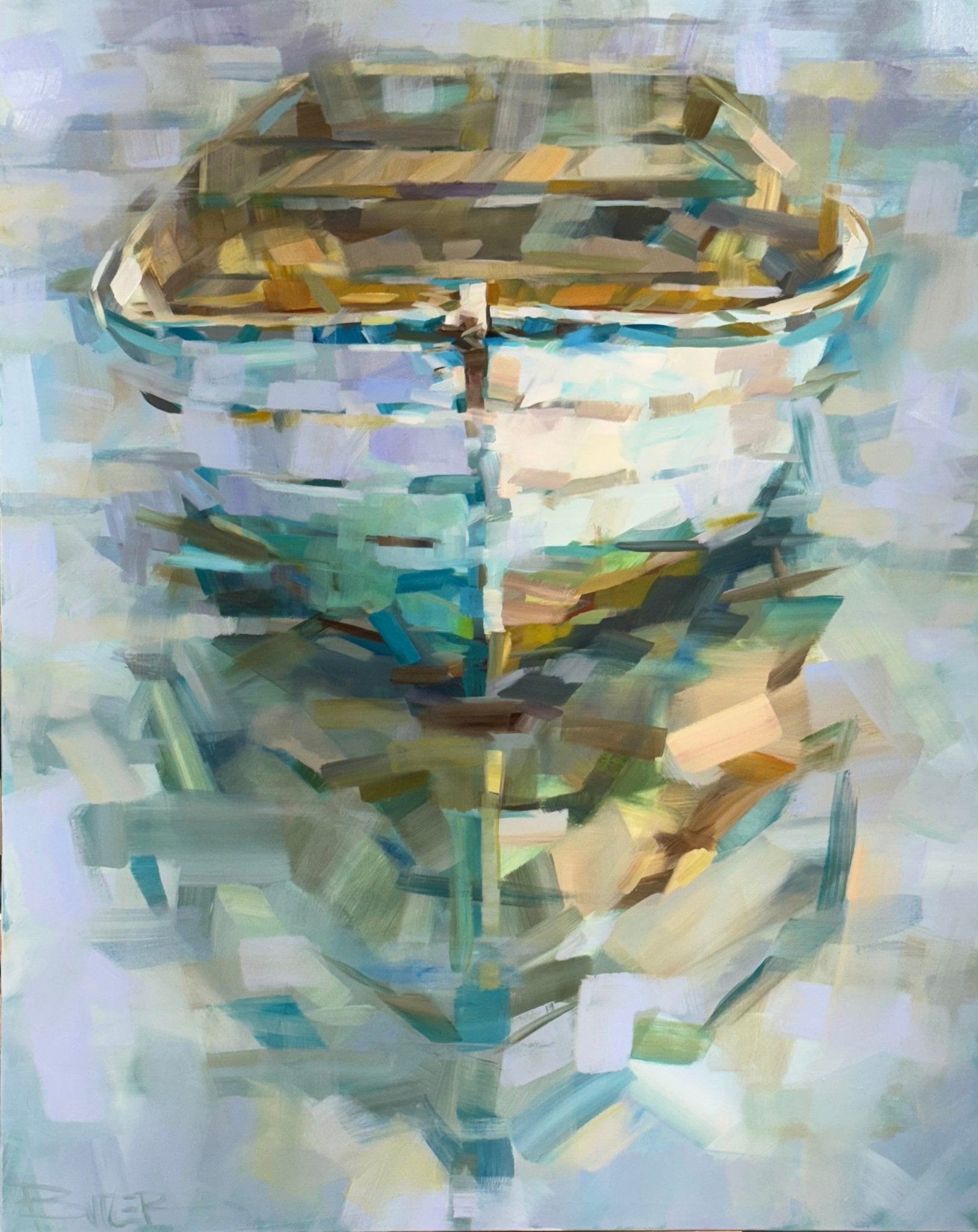Original Botanical and Object Oil Paintings for Sale
Exploring Everything About Oil Paints: An Overview to Recognizing Their Appeal and Worth
Oil paintings have captivated target markets for centuries, supplying a glance right into the creative mastery of various periods. Their abundant history is intertwined with innovative strategies and extensive emotional expression. Understanding the products and methods behind these art work can boost recognition. Furthermore, the market for oil paints provides opportunities for collectors and capitalists alike. As one discovers this interesting world, the inquiry emerges: what makes an oil painting absolutely important?
The History of Oil Paint: A Journey Via Time
Oil paint has roots that date back to old times, it really prospered during the Renaissance, when musicians found its versatility and rich shade capacity. Early instances can be traced to the 7th century, with strategies developing especially across societies. The tool ended up being noticeable in Northern Europe in the 15th century, especially via the works of musicians like Jan van Eyck, that pioneered its usage for detailed realistic look and vivid shades. This duration marked a departure from tempera paints, permitting for greater depth and appearance. As oil painting spread, it influenced plenty of artists, causing work of arts by popular numbers such as Leonardo da Vinci and Rembrandt. The tool's legacy proceeds, forming the art world well into contemporary times.
Recognizing Oil Paints: Products and Techniques
As musicians check out the world of oil paints, they run into a diverse range of products and strategies that define this tool. The key components of oil paint include pigments, which give shade, and drying oils, such as linseed, that bind the pigments and help with application. Different ingredients can customize the paint's structure and drying out time, boosting flexibility. Methods like glazing, where clear layers are constructed up, and impasto, which includes using thick paint, permit various visual impacts. In addition, making use of brushes, combination blades, and also fingers can develop unique structures and finishes. Understanding these methods and materials makes it possible for musicians to fully express their imagination and attain the wanted impact in their artwork.
The Duty of Shade in Oil Paintings
Color plays an essential duty in oil paints, affecting both aesthetic charm and emotional resonance. Understanding color theory fundamentals, consisting of the connections between tones, can improve an artist's ability to share state of mind and environment. Additionally, mastering shade mixing methods permits higher deepness and splendor in a painting's palette.

Shade Theory Essential
Comprehending color concept is vital for musicians collaborating with oil paints, as it creates the structure for developing aesthetically appealing and harmonious make-ups. Shade theory encompasses the study of how colors interact, the shade wheel, and the partnerships in between main, additional, and tertiary colors. Musicians use complementary shades to enhance contrasts and create centerpieces, while comparable colors advertise unity and cohesiveness within a piece. Additionally, the principles of warm and awesome shades influence the perception of deepness and space in a paint. Comprehending these principles allows musicians to adjust color effectively, leading the visitor's eye and interacting their intended message. Proficiency of color concept ultimately improves an artist's capability to convey emotions and concepts with their job.
Emotional Influence of Color
The psychological impact of shade in oil paints plays an essential duty in exactly how visitors connect and perceive with art work. Colors stimulate particular sensations and moods, affecting the audience's mood. Warm tones like reds and oranges can develop a sense of warmth and energy, while great tones such as blues and greens typically stimulate peace or introspection. Artists tactically pick color combinations to boost narrative elements, directing the audience's psychological trip. The saturation and comparison of colors even more magnify these results, drawing interest and developing focus. Ultimately, the interplay of colors in oil paints not just boosts their aesthetic appeal but likewise functions as an effective tool for psychological expression, improving the visitor's experience and analysis.
Shade Combining Techniques
While lots of aspects of oil painting add to the overall structure, mastering color mixing strategies is necessary for attaining wanted impacts and depth. Color mixing can be approached via various methods, consisting of the subtractive and additive procedures. Additive blending includes integrating shades of light, while subtractive blending counts on pigments, where shades mix to create new tones. Musicians usually make use of a restricted combination to produce harmonious jobs, recognizing the partnerships in between primary, secondary, and tertiary shades. Strategies such as glazing and scumbling additionally improve depth and luminance. By masterfully mixing shades, a musician can evoke emotions, develop focal factors, and accomplish a feeling of realistic look, eventually elevating the painting's psychological and aesthetic influence.
Famous Oil Painters and Their Iconic Functions

Famous for their mastery of shade and technique, oil painters have actually created several of the most renowned art work in history. Distinguished artists like Vincent van Gogh astounded audiences with his stirring brushwork in "Starry Night," while Claude Monet's "Perception, Sunrise" prepared for Impressionism. Leonardo da Vinci's "Mona Lisa" continues to be an enduring sign of imaginative wizard, showcasing his skill in catching human expression. Meanwhile, Rembrandt's "The Night Watch" illustrates his innovative use light and darkness. Other significant numbers include Pablo Picasso, who revolutionized contemporary art with his vibrant experimentation in works like "Les Demoiselles d'Avignon," and Georgia O'Keeffe, whose dynamic depictions of flowers and landscapes assisted specify American innovation. Each musician's one-of-a-kind design added greatly to the oil painting landscape.
How to Evaluate the Quality of an Oil Paint
Evaluating the quality of an oil paint involves a careful assessment of craftsmanship methods, in addition to an evaluation of color and composition. Observing brushwork, layering, and the application of paint can reveal the artist's skill level. Additionally, the interplay of shades and the total plan of aspects add substantially to the paint's visual worth.
Examining Workmanship Methods
A careful assessment of workmanship methods is necessary for figuring out the high quality of an oil painting. Evaluators need to initially analyze the application of paint; thick, textured brushstrokes might suggest a proficient hand, while extremely uniform applications could suggest an absence of depth. oil paintings for sale. The layering strategy is additionally crucial; the presence of glazes and varied density can improve luminosity and intricacy. Furthermore, the high quality of the products utilized, such as the canvas and pigments, plays a considerable role in durability and total aesthetic. Focus to detail in elements like sides and shifts in between colors mirrors the artist's commitment to their craft. Inevitably, these strategies add to the paint's psychological effect and market worth, acting as indicators of the musician's ability and intent
Evaluating Shade and Make-up
While reviewing the high quality of an Visit This Link oil paint, one must concentrate on the interaction of shade and composition, as these components are essential to the artwork's overall influence. Shade choices can develop and stimulate emotions mood; therefore, the artist's scheme ought to be checked out for you could check here harmony and comparison. A healthy composition guides the visitor's eye and creates a feeling of unity. Musicians frequently utilize strategies like the rule of thirds or leading lines to improve aesthetic passion. Additionally, the usage of light and darkness can include depth, improving the three-dimensionality of the paint. Inevitably, an effective oil painting marries color and structure, involving the visitor and inviting a much deeper admiration of the musician's vision and technique.
Caring for and Preserving Oil Paintings
Appropriate care and conservation of oil paints is crucial for maintaining their integrity and longevity. To safeguard these artworks, it is crucial to present them away from direct sunlight, which can create fading and staining. Keeping a steady atmosphere with controlled temperature and humidity more help in protecting against damages. Cleaning up must be done delicately making use of a soft, completely dry towel, staying clear of any type of extreme chemicals that might hurt the paint or varnish. Routine assessments for indications of wear and tear, such as breaking or flaking, are recommended. When storing or transferring oil paintings, appropriate extra padding and framework are required to prevent physical harm. Ultimately, diligent treatment adds to the visual appeal and worth of oil paintings in time.
The Market for Oil Paints: Gathering and Investing
Understanding the marketplace characteristics for oil paintings is essential for financiers and collectors alike. The worth of these artworks is affected by different factors, consisting of the artist's online reputation, historical significance, and existing patterns. Enthusiasts commonly seek items that resonate directly while thinking about potential recognition in value. Galleries and public auctions offer as primary venues for acquiring and marketing, with prices changing based upon need and rarity. Purchasing oil paints calls for research study right into the market, along with an understanding of authenticity and provenance. Furthermore, arising artists might offer chances for substantial returns, while established names can regulate high rates. In general, a critical method to gathering can generate both aesthetic enjoyment and economic rewards.

Often Asked Questions
What Are the Ecological Impacts of Oil Painting Products?
The environmental influences of oil painting products include the launch of unstable organic substances (VOCs), hazardous waste generation, and resource extraction for pigments. These factors contribute to pollution and environmental destruction, elevating issues amongst eco mindful musicians and customers.
Exactly How Do Different Canvases Impact Oil Painting Outcomes?
Various canvases influence oil painting results substantially. Surface area, absorbency, and texture quality can alter paint application, drying out times, and color vibrancy. Artists typically pick specific canvases to accomplish wanted effects and improve their imaginative expression.
Can Oil Paintings Be Restored if Damaged?
Oil paints can indeed be brought back if harmed. Specialist conservators make use of various methods to fix rips, tidy surfaces, and address discoloration, making sure that the art work maintains its original charm and value for future generations.
What Are the Indications of an Initial Oil Paint?
The indicators of an initial oil painting include visible brush strokes, texture variations, and an irregular canvas site web weave (oil paintings for sale). Furthermore, credibility may be verified with provenance, trademarks, and the visibility of a varnish layer one-of-a-kind to oil mediums
How Has Technology Influenced Modern Oil Painting Techniques?
Technology has greatly influenced modern oil painting techniques by presenting electronic devices for preparation, boosted products for structure and durability, and on the internet platforms for sharing and offering art, thereby expanding artists' imaginative opportunities and audience reach. Oil painting has origins that date back to ancient times, it really thrived during the Renaissance, when musicians found its convenience and abundant color potential. The emotional effect of shade in oil paints plays a critical duty in exactly how audiences view and connect with art work. While many aspects of oil painting contribute to the general structure, grasping shade mixing techniques is vital for achieving wanted impacts and deepness. Reviewing the quality of an oil paint entails a careful analysis of workmanship strategies, as well as an evaluation of color and composition. While reviewing the top quality of an oil paint, one must concentrate on the interaction of shade and structure, as these components are basic to the art work's overall impact.